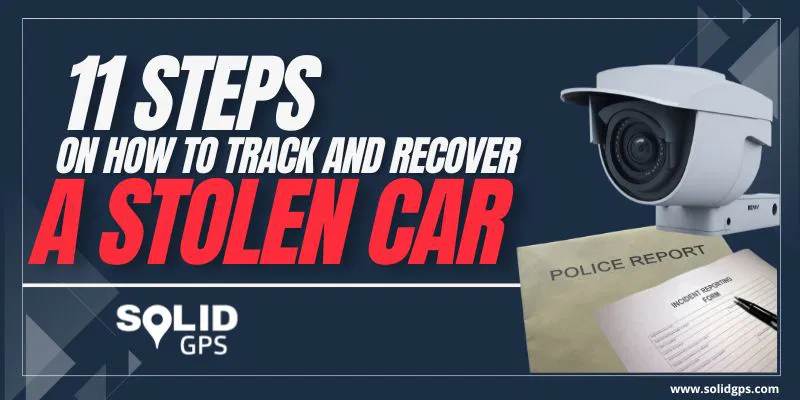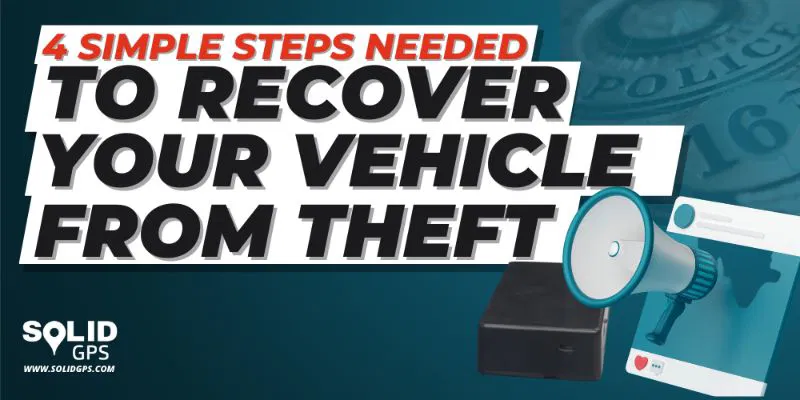Discovering that your car has been stolen is a troubling ordeal.
This unfortunate event is not only emotionally challenging but also introduces unexpected anxiety and disrupts your daily life.
If you’re wondering how to find a stolen car, you’re not alone—many people face the same question.
However, with a systematic and informed approach, you can significantly increase the chances of recovering your stolen vehicle.
This article aims to provide a comprehensive guide on how to find your stolen car by combining essential steps, leveraging technology, and engaging community resources.
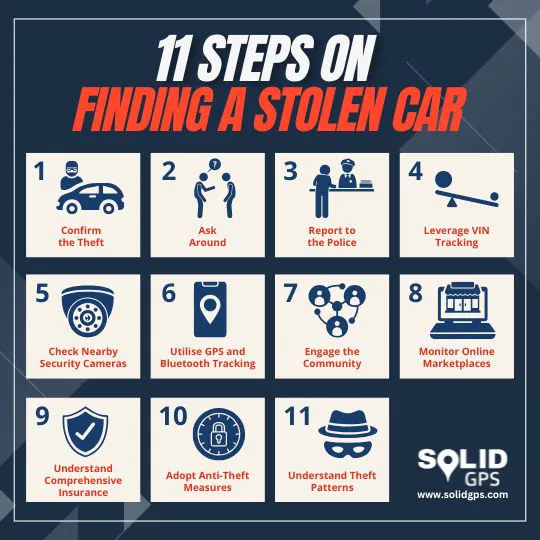
1. Confirm the Theft
The first step is to ensure your car has indeed been stolen and not towed or moved by someone you know.
Verify with local towing companies and authorities to rule out the possibility of your car being legally moved due to parking violations or other reasons.
Reach out to acquaintances, friends, or family members to confirm whether they might have borrowed or moved your vehicle without informing you.
Misplacement or towing could account for the disappearance, and eliminating these possibilities saves valuable time and avoids unnecessary panic.
Taking these initial investigative steps helps ensure accurate information and lays the groundwork for a more focused and effective recovery effort.
2. Ask Around
Seeking assistance from individuals in your immediate community can be highly beneficial.
If you’re unsure how to find a stolen vehicle, enlisting the help of neighbours and local contacts is an essential first step. Provide a detailed description of your car, including the licence plate number, make, model, and colour. Share photographs if you have them, as visuals can help people identify your vehicle more easily.
Community members, especially those who commute frequently, may notice suspicious vehicles matching the description.
Consider extending your search to community groups on Facebook, where neighbours can share leads or observations. Social media can amplify your outreach, ensuring more eyes are on the lookout for your stolen car.
3. Report to the Police
Promptly reporting your stolen vehicle to law enforcement is critical. Contact your local police department and provide them with comprehensive details about your car.
This information should include:
- Vehicle Identification Number (VIN)
- Licence plate number
- Make, model, and colour of the vehicle
- Any distinctive features, such as dents, bumper stickers, or modifications
- Last known location and time of the vehicle
Providing the VIN is particularly important because it allows law enforcement to track your car if it’s serviced, registered, or titled elsewhere.
This step creates an official record of the theft and enables authorities to take swift action, increasing the likelihood of recovery.
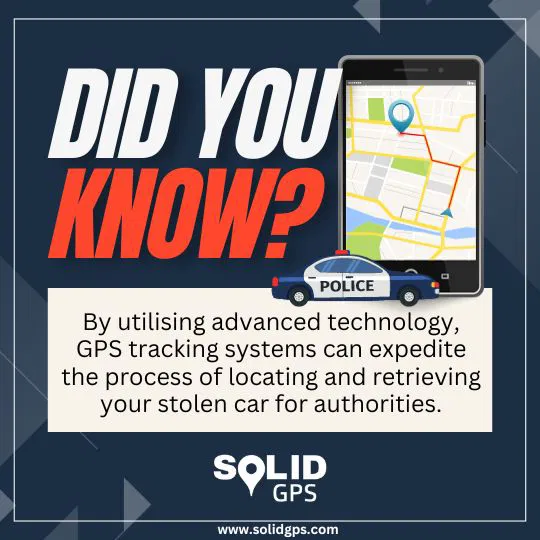
4. Leverage VIN Tracking
The Vehicle Identification Number (VIN) is a critical tool in locating a stolen car.
Services like AutoCheck and NICB’s VinCheck enable you to monitor activity related to your vehicle.
VIN tracking is particularly effective if the thief attempts to resell the car or if it’s taken to a mechanic for repairs.
By alerting law enforcement and using these services, you can stay informed about any activity linked to your vehicle.
Consider including the VIN in any public posts or notices about your stolen car, as it helps potential witnesses or buyers recognise your vehicle and report it.
5. Check Nearby Security Cameras
Broadening your investigation to include security cameras in the vicinity of the theft is another valuable strategy.
Reach out to local businesses, homeowners, or community centres equipped with surveillance systems and request access to relevant footage.
Clearly communicate the date, time, and location of the theft to streamline their search efforts.
Security footage can provide crucial insights, such as identifying the perpetrator, tracing the car’s movements, or determining its direction after the theft.
When possible, law enforcement should be involved in this process, as they may have access to additional surveillance networks or resources.
6. Utilise GPS and Bluetooth Tracking
If your car is equipped with a GPS tracking system, leverage this technology immediately.
Access the tracking information and share it with law enforcement.
For vehicles without built-in GPS, consider using Bluetooth-based tools. Devices like Apple AirTags or Tile trackers, if present in your car, can help pinpoint its location within a limited range.
While Bluetooth tracking isn’t as powerful as GPS, it can still provide valuable clues, especially in urban areas or crowded parking lots.
Important Note: Avoid attempting to recover the vehicle yourself. Always rely on law enforcement to handle the situation, prioritising your safety above all else.
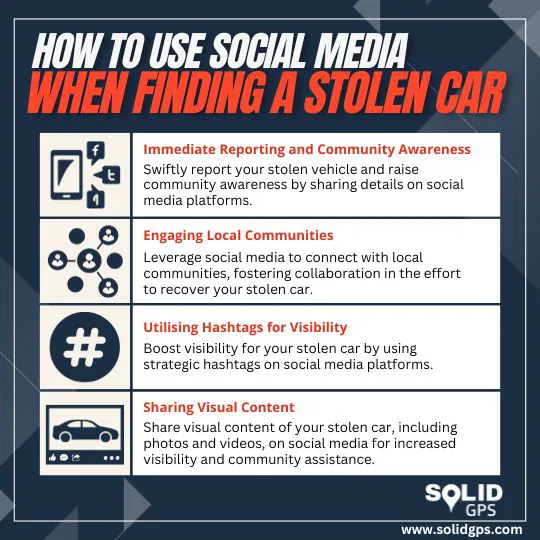
7. Engage the Community
Engaging your community and offering incentives can amplify your recovery efforts.
Social media platforms like Facebook, Twitter, and Instagram are powerful tools for spreading awareness. Post detailed information about your car, including photos and the VIN, and encourage others to share your post widely.
You can also offer a reward for information leading to the recovery of your vehicle. Financial incentives often motivate individuals to pay closer attention and report sightings.
Involve local businesses, rideshare drivers, and cab companies as well. These individuals are constantly on the move and may come across your vehicle. Sharing your car’s details with them increases the likelihood of a sighting.
8. Monitor Online Marketplaces
Thieves frequently attempt to sell stolen vehicles or their parts on online marketplaces such as Craigslist, eBay, or Facebook Marketplace. Regularly monitor these platforms for listings that match your car’s description.
Look for unique details, such as aftermarket modifications, that can help identify your vehicle. If you find a suspicious listing, do not contact the seller directly. Instead, report it to law enforcement, who can investigate further.
Social media can also be used as a monitoring tool. Search hashtags or local groups where people might post information about suspicious activity. This vigilance can lead to crucial leads in locating your car.
9. Understand Comprehensive Insurance
Comprehensive auto insurance is a financial safety net in case your vehicle isn’t recovered. This type of policy covers theft-related losses, though claims often take 30 days to process.
While waiting for the claim to be resolved, continue recovery efforts, as many stolen cars are recovered within this timeframe.
Contact your insurance provider immediately after reporting the theft to the police, ensuring all necessary documentation is submitted promptly.
Understanding your policy’s terms, including deductibles and coverage limits, can help you prepare for the next steps in the event of recovery or payout.
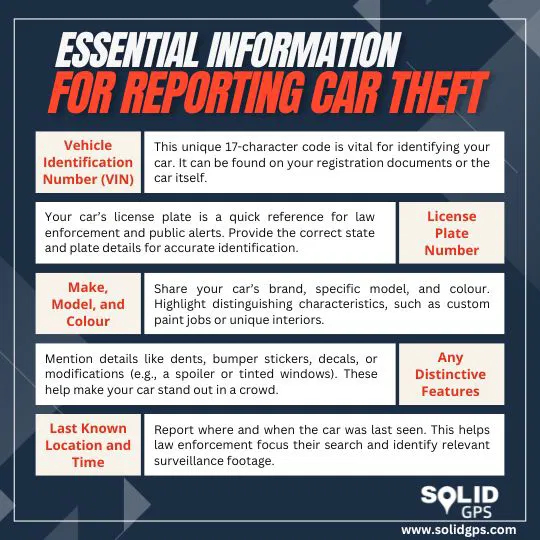
10. Adopt Anti-Theft Measures
Prevention is always better than cure. Adopting robust anti-theft measures can significantly reduce the risk of your car being stolen.
Some effective options include:
- Steering wheel locks: Visible deterrents that discourage theft attempts.
- Ignition cut-off systems: Devices that disable the engine when tampered with.
- Keyless entry blockers: Pouches or containers that block key fob signals.
- Hidden GPS trackers: Discreet devices that help locate your vehicle if stolen.
Simple habits, like parking in well-lit areas and hiding spare keys, can also deter opportunistic thieves.
If you own a high-risk vehicle (such as a popular or luxury model), these measures are especially critical.
11. Understand Theft Patterns
Thieves often target vehicles based on their resale value, demand for parts, or ease of theft.
Common targets include brands like Toyota, Hyundai, and Ford, as well as high-value luxury models.
Being aware of theft patterns in your area can help you adopt targeted prevention strategies.
For instance, certain neighbourhoods may experience higher theft rates for specific vehicle types. Stay informed by checking local crime reports or consulting with law enforcement.
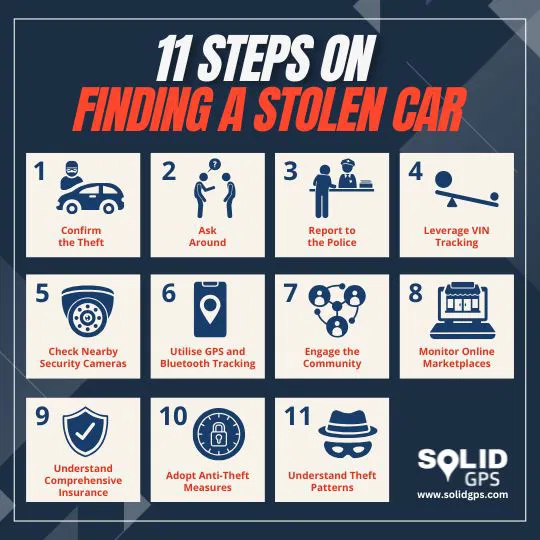
Conclusion
Recovering a stolen car involves a multi-faceted approach that leverages technology, community support, and law enforcement collaboration.
Utilising tools like VIN tracking, GPS devices, and insurance resources while staying proactive can significantly improve the chances of recovery.
Additionally, adopting preventive measures and staying informed about theft patterns can help reduce future risks.
For ultimate peace of mind, a reliable GPS tracker like Solid GPS offers unmatched protection and security for your vehicle.

